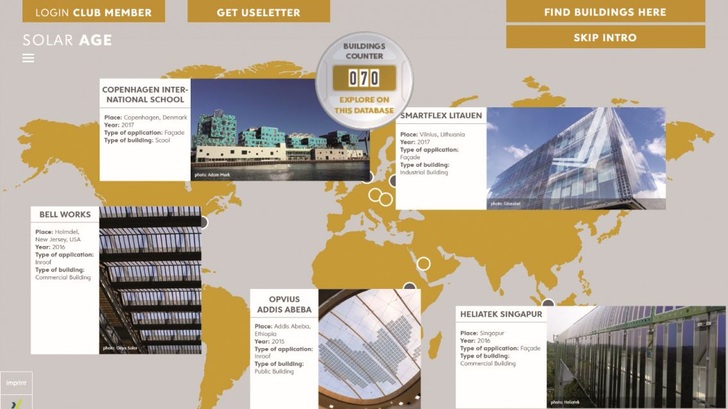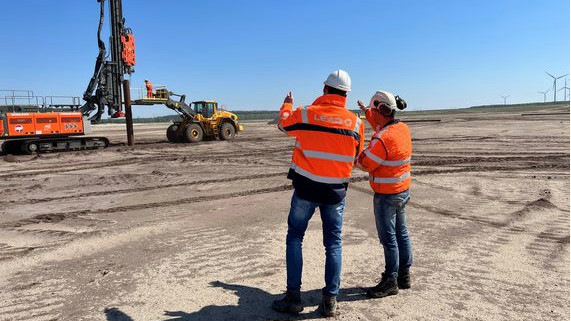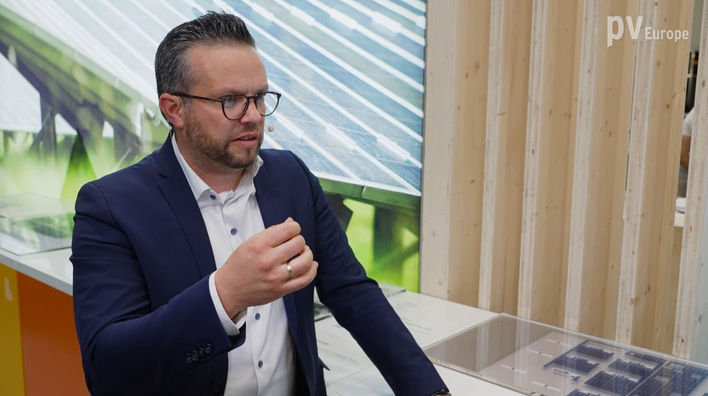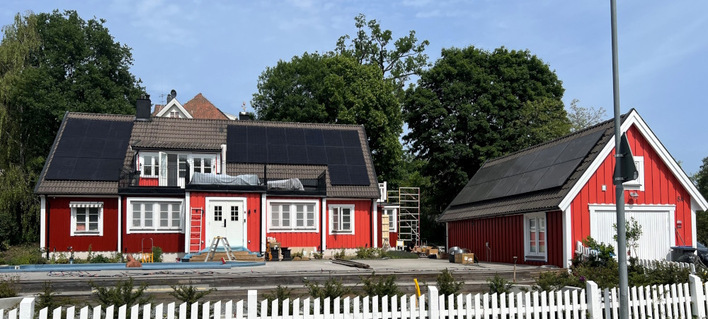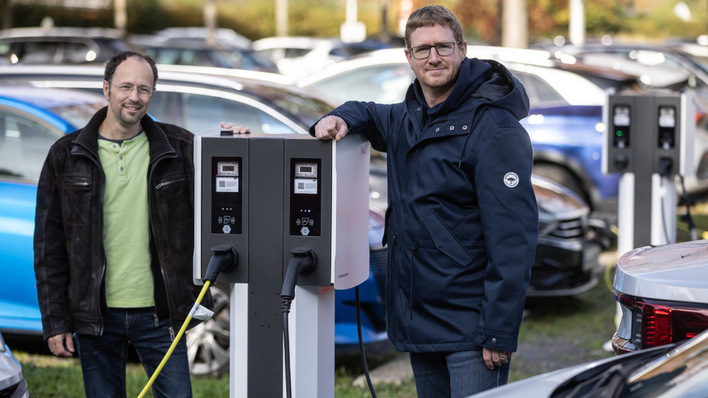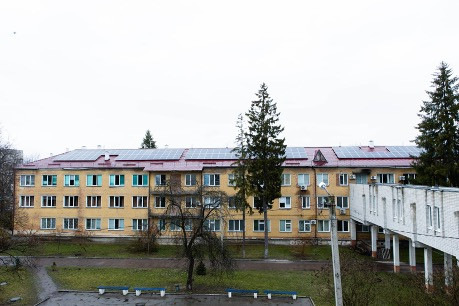Tubingen has introduced mandatory solar energy, Stuttgart is discussing it. Other cities will follow suit soon. For instance, the German Energy Saving Ordinance (EnEV) supports the use of photovoltaics in buildings. Other countries know other regulations. Such requirements are slowly having an effect.
One does not have to be a prophet to be certain that an upcoming Building Energy Act (GEG) and the European Union’s Building Directive, which will come into force in 2020, will give renewed vigour to solar architecture.
A premium niche
But is it enough to have stricter regulations? Is such compulsion sufficient to bring architects, building planners, real estate managers or facility managers to understand the opportunities offered by photovoltaics to their buildings? Why has building-integrated photovoltaics – the premium class of this industry – yet to emerge from its very modest niche existence? “After all, there certainly is unproblematic and successful solar architecture,” Wolfgang Willkomm, himself an architect and professor at Hafen University in Hamburg, confirms.
At his talk at the meeting of the solar industry in Düsseldorf at the end of September, he also dispelled a second myth: “Architects are not only interested in designing buildings. Economy and functionality are also very important to them.”
PV as merely an afterthought?
Nevertheless, he posed the question: “Why do we have the feeling that the majority of architects still reject photovoltaics?” In his analysis, he noted that solar generators are usually planned and propagated as an afterthought on top of buildings. “Real integration has so far been rare,” he said. “The solar panels impose a rather large-scale pattern onto roofs and facades. That makes them often appear out of place in contrast to the much smaller and finer patterns of traditional building materials.” It is not uncommon to see “white or silver grids covering up beautiful plain tile roofs.”
This should not be discounted. “For us architects, the roof is the like a fifth façade,” he explained. “You can often see it from higher buildings or look down on it from surrounding hills.”
For example, while the solar panels on the south roof of the Reichstag building in Berlin can be seen very clearly from the visitors’ platform in the glass dome, they are so discreetly and elegantly integrated that many do not perceive them. Very steep solar roofs, for example on churches, can even be seen from ground level. However, there are also good examples of how these can be integrated inconspicuously and in a way that befits listed buildings.
Smart building integration
Several examples of smart building integration prove that solar architecture can be both functional and appealing. The use of coloured solar panels is a major advance here. “There only used to be blue solar panels,” Wolfgang Willkomm explained. “Today there are panels in various shades of grey and even white.”
Professor Willkomm sees three different approaches when it comes to building integration: Solar panels integrated discretely into the building or the roof are inconspicuous and nearly invisible. Solar panels that are noticeable but integrated very elegantly and with restraint are what he calls subtly integrated.
A third case are solar systems that are obvious and clearly visible – which the clients or the architects want to use to make a clear statement. In this way, companies or home owners like to project a sustainable image and demonstrate their credential for technological innovation.
How profitable is a granite wall?
Architects very often reject solar technology because it is not profitable. Willkomm did not ignore the question “How long until PV has paid for itself?”: In return, he stressed the profitability of the integrated systems in particular. “For a new-build you save the most by already considering photovoltaics at the planning stage. Or in case of a renovation, by entirely removing the old roof or outer façade and replacing it with solar panels.”
That way, the solar panels provide protection from the weather, from outside noise, from the sun and even from the cold all at the same time. And since they also generate electricity, they are superior to conventional materials. “No other building component is capable of that. Looking at it this way, we need to rephrase the question: How long until a granite wall has paid for itself? Forever, because it does not generate electricity.”
Replacing conventional building materials
Often, investing in photovoltaics is compared to a financial investment, such as having positive balance on your account that generates interest. “Such investments do not produce electricity,” Willkomm comments. “They cannot seal a roof, and they do not provide a façade with sun protection.” He has estimated that the electricity generated by a solar façade will make it profitable within ten years – “if it is replaced by conventional building materials.”
The professor noted a growing interest among architects and building societies in solar community power. Also, he does not see the integration of solar panels into the roof or the façade as the end of the line. “The integration of the solar system will continue throughout the buildings,” he predicted. “Here, solar power, storage batteries, heat pumps and e-mobility will be integrated to create plus-energy buildings.”
For commercial customers, e-mobility will play an increasingly important role in supplying vehicle fleets and electrically operated equipment with self-generated solar power.
Solar Age is getting started
The demands on architects and building planners are growing, as are the demands on the trades that have to be coordinated and have to mesh during construction. Winning hearts and minds comes before the house-by-house struggle.
It is estimated that the market for building-integrated photovoltaics in Europe could grow to over five billion euros by 2020. To achieve this, the target groups involved in construction and construction planning must be better supplied with information on photovoltaics.
Over 70 buildings in the database
This summer, the new architecture portal The Solar Age was launched in Berlin. It allows architects, building planners, building owners, facility managers and the real estate industry to gather information about new solar products and exemplary reference projects in solar architecture.
At the heart of the portal is a database of solar architecture reference buildings realised worldwide. To date, over 70 projects have already been added. By the end of the year there will be more than 100.
Each building is featured with a brief description and in a detailed dossier, including sectional drawings and construction details. The database is constantly being expanded and added to.
Along with the example buildings, the portal provides target groups professionally involved in construction with a database for solar products that already has 420 entries. Extensive dossiers on integrated solar generators, lightning protection, fire protection and electricity consumption in buildings complete the service.
Subscribers also receive numerous tips, advice, planning tools and checklists. All information is available in German and English. Chief editor is the technical journalist Sven Ullrich from Berlin.
Solar lowers utility costs
Solar architecture calls for a web portal tailored to specialists. After all, searching for complex information from the Internet or other sources is tedious. Solar Age provides architects with a community of experts who offer professional information on all aspects of solar architecture. Because before we get to the point where solar technology will be ubiquitous in buildings, we first need to know about its diverse and growing possibilities.
Many successful examples of what is already possible today are proving this. They also show that architects are not the problem, but an important driving force towards a solution. They want to design and build sustainable buildings with the lowest possible utility costs. This is only possible using solar power. And this is where BIPV comes in. (HS)
Look here: www.solarage.eu
Keep up with innovation in PV! Watch our PV Guided Tours at The Smarter E Europe in Munich:
https://www.pveurope.eu/Videos/pv-Guided-Tours-videos-2018
Stay informed, get our newsletter twice a week.
Register here: https://www.pveurope.eu/Newsletter
Read more about solar modules.
Read more about solar mounting systems.
Read more about solar energy storage.

